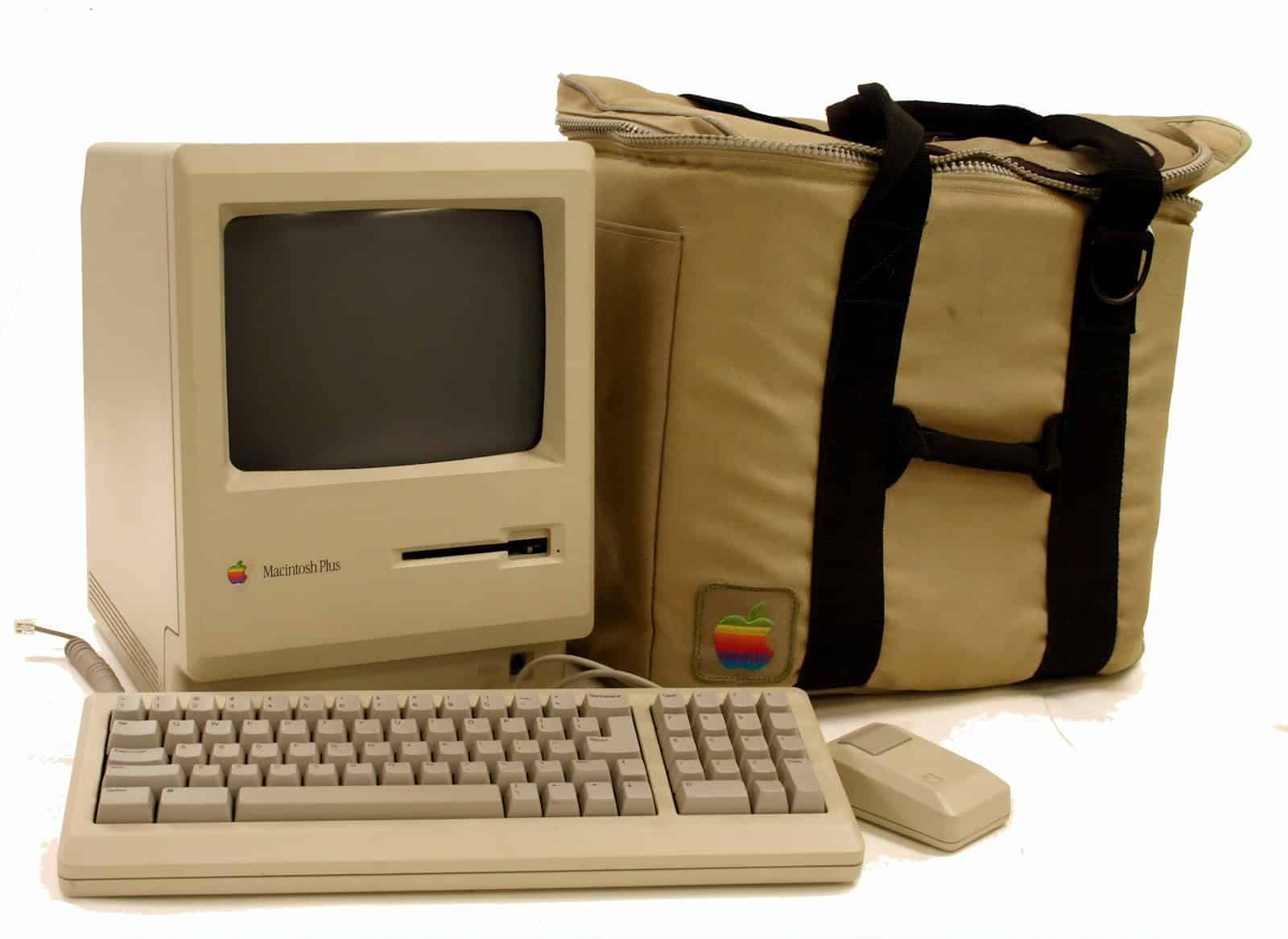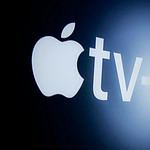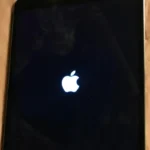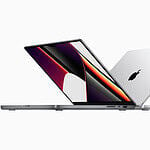The Macintosh computer got its name from the McIntosh apple. This article explores the history behind the name, the person who chose it, and its impact on the tech world. The name Macintosh comes from the early days of Apple, a company known for innovation in the computer industry. The name was inspired by the McIntosh apple, reflecting the company’s tradition of naming products after fruits, consistent with its brand name. Apple chose the name Macintosh to create a friendly and approachable product persona, departing from industry norms of using technical jargon or acronyms.

Image Credit: Lars Zapf at Flickr, CC BY 2.0 https://creativecommons.org/licenses/by/2.0, via Wikimedia Commons
Jef Raskin, an Apple employee, is credited with suggesting the name. The Macintosh name embodied the simplicity and user-friendliness that Apple aimed to achieve with its personal computer. There were trademark challenges with the name, as it was already used by another company in the audio equipment industry. However, Apple resolved the legal issues and the Macintosh brand became a staple in the computing world.

The release of the Macintosh marked a significant milestone that would influence the future of personal computing, revolutionizing how people interact with technology. The computer’s user interface was significantly different from others at the time, emphasizing ease of use and paving the way for the mass adoption of personal computers.
The McIntosh Apple: A Fruity Inspiration for Tech Innovation
The Man Behind the Name: Jef Raskin

Image Credit: Aza Raskin;Perteghella at it.wikipedia, CC BY 2.0 https://creativecommons.org/licenses/by/2.0, via Wikimedia Commons
Jef Raskin, a key member of the Macintosh development team, was the mastermind behind the name. He initially wanted to call it “Macintosh” after his favorite apple variety, the McIntosh. However, there was a slight hurdle: a company called McIntosh Laboratory already used a similar name.
The Clever Compromise: “Macintosh”
To avoid legal conflicts, Raskin cleverly tweaked the spelling to “Macintosh.” This subtle change honored his love for the McIntosh apple while ensuring the computer’s name was distinct.
A Nod to the Apple: The Logo
The original Macintosh logo featured a sketch of a McIntosh apple, solidifying the connection between the computer and its namesake fruit. While the logo has evolved over the years, the apple remains an enduring symbol of the brand.
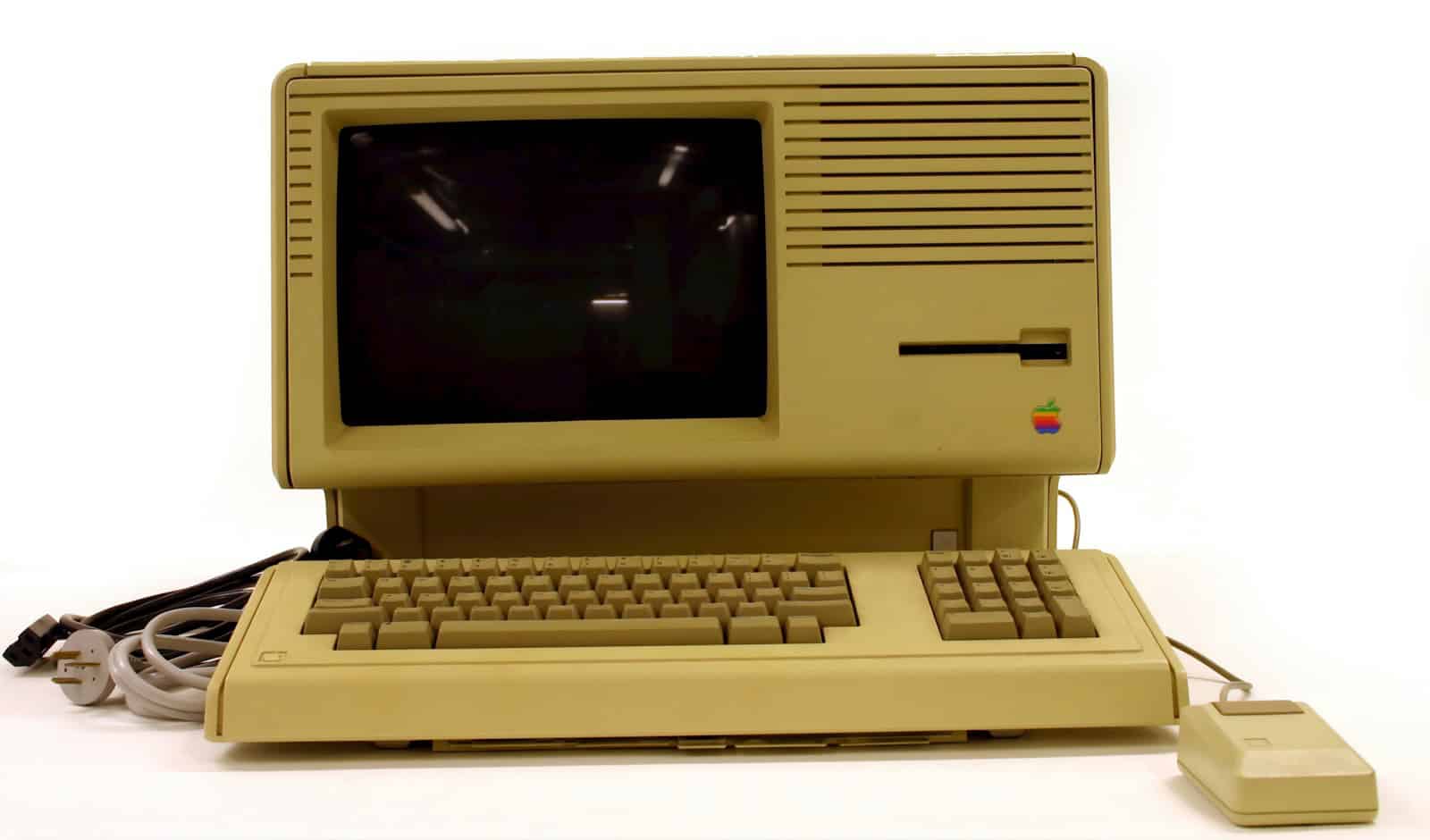
Did You Know?
- The McIntosh apple is the national apple of Canada.
- The McIntosh apple was discovered in the early 1800s by John McIntosh in Ontario, Canada.
- The McIntosh apple is known for its crisp, juicy texture and tart flavor.
- The McIntosh apple is a popular choice for eating fresh, baking, and making applesauce.
From Apple to Computer: A Lasting Legacy
The name “Macintosh” has become synonymous with Apple’s innovative line of personal computers. It’s a testament to the power of a simple idea, a love for a delicious fruit, and a clever solution to a potential trademark issue.
Key Takeaways
- The Macintosh name was inspired by the apple variety, aligning with Apple’s branding theme.
- Apple chose a friendly and straightforward name for its computer, diverging from typical technical product names.
- The launch of Macintosh transformed the personal computer industry, emphasizing usability.
Origins and Naming of Macintosh
The Macintosh name, integral to Apple’s rise in the computer industry, stems from a combination of inventive engineering and intricate licensing. This story unfolds from its inception by an Apple engineer, through a name change due to trademark issues, to its lasting impact on the future of personal computers.
Inception by Jef Raskin
Jef Raskin, an Apple engineer, began the Macintosh project in the late 1970s. He envisioned a computer that was affordable, easy to use, and accessible to the average consumer. The project took its name from his favorite apple cultivar, the McIntosh. However, the spelling changed slightly to avoid conflict with McIntosh Laboratory, an audio equipment company.
Naming: McIntosh to Macintosh
Apple Inc. faced a potential legal challenge over the name “McIntosh.” Instead of abandoning the name for their new computer, they adapted the spelling, arriving at “Macintosh.” Apple secured the rights to the Macintosh name after an agreement with McIntosh Laboratory, which involved a cash settlement.
Apple’s Early Computers
Before the introduction of Macintosh, Apple released the Apple I and II, followed by the Lisa computer. The Lisa was among the first mouse-activated computers with a graphical user interface but it carried a high price. The introduction of the Macintosh in 1984 signaled Apple’s commitment to bringing user-friendly, cost-effective computers to the market. The Mac was designed by a team that included engineer Burrell Smith and had significant input from Steve Jobs, then chairman of Apple. Under the leadership of CEO John Sculley and with key people like Mike Markkula involved, the Macintosh set a new direction for personal computing, differentiating Apple from competitors like IBM PC compatibles.
Commercialization and Impact
The naming and introduction of the Macintosh marked a shift in computing. Apple’s strategy hinged on making personal computers accessible and appealing to a broader market.
Launch and Marketing Strategy
In 1984, Apple launched the original Macintosh with a groundbreaking Super Bowl advertisement. It presented the Mac as a tool for the masses, in stark contrast to the IBM PC compatible systems which dominated the market. The bold marketing played a vital role in establishing the Macintosh as a household name.
Technological Advancements and Models
Apple built on the Macintosh’s success with a series of models, each incorporating technological enhancements. Over the years, these ranged from the addition of color displays and improvements in RAM to the modern, sleek designs of the iMac, Mac Pro, MacBook, MacBook Air, and MacBook Pro. Apple’s continued innovation in software, like the macOS, and hardware, including their transition to Apple Silicon under Tim Cook’s leadership, kept the Mac at the forefront of personal computing technology.
Influence on the Computer Industry
The Macintosh set new standards for the computer industry. Its introduction of a graphical user interface, inspired by work at Xerox PARC, became the basis for many computing systems like Windows from Microsoft’s Bill Gates. The Mac also played a pivotal role in sectors like desktop publishing, supported by the LaserWriter printer and Aldus PageMaker software, which helped birth this market segment. Competitors and the industry at large took notice, iterating on and evolving their technology in the wake of the Mac’s impact.

